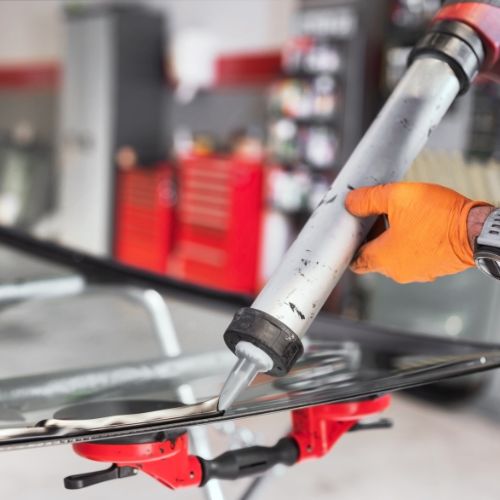Your vehicle takes you on many adventures, so you should make sure every part remains firmly fixed in order to stay safe. When joining components, the choice often comes down to using automotive adhesives or welding. Consider these pros and cons of automotive adhesives and welding, and use the best option for repairing your vehicle.
Automotive Adhesives
Automotive adhesives contain diverse chemical compositions for various applications. They offer a versatile and innovative solution in vehicle assembly and repairs. These adhesives provide a uniform stress distribution across joints, enhancing the bonded surfaces’ durability and fatigue resistance.
This method eliminates the thermal distortion and material weakening that often accompany welding. Adhesives also allow for the bonding of dissimilar materials, opening up design possibilities once constrained by welding limitations.
Challenges of using adhesives include the requirement for precise surface preparation, controlled curing conditions, and knowledge to select the appropriate adhesive type, such as auto body glue. Despite these considerations, adopting automotive adhesives is a testament to the industry’s evolution towards lighter, safer, and more energy-efficient vehicles.
Welding in Automotive Repair
Welding is deeply ingrained in automotive repair and manufacturing, and it offers unique advantages and challenges. As far as benefits, welding provides unparalleled strength in joints, making it ideal for structural repairs where maximum durability is essential. This method also benefits from a long history of use in the industry, giving professionals a profound depth of knowledge and experience to draw upon.
However, the intense heat of the weld site may compromise the integrity of materials, leading to potential warping and weakening of the welded area. Additionally, welding restricts the ability to join dissimilar metals, which limits design flexibility and innovation.
When Should I Use Either Method?
Your decision to use automotive adhesives or welding hinges upon understanding the repair or assembly task at hand. Automotive adhesives shine in applications requiring flexibility, minimal thermal impact, and the joining of diverse materials. They are suitable for lightweight vehicle construction and mixed-material designs.
On the other hand, welding should be the go-to method for repairs demanding structural integrity, especially for load-bearing components. The technique you choose should meet the immediate repair requirements and support the vehicle’s long-term safety, performance, and durability. Balance innovation with tradition, and leverage the strengths of each method to achieve the best possible outcome.
Understanding the pros and cons of automotive adhesives and welding helps you apply the best solution for any situation. Each method brings advantages and challenges, and evaluating them will help you ensure safety, enhance performance, and achieve durability. By weighing these factors against the needs of the task, industry professionals and enthusiasts alike will make informed decisions that push the boundaries of automotive design and repair.


